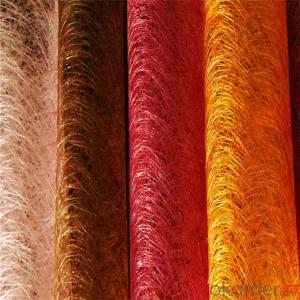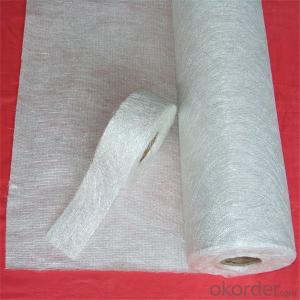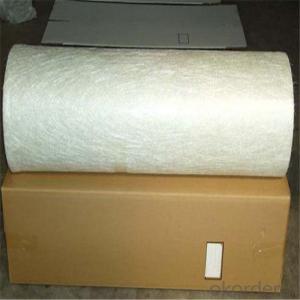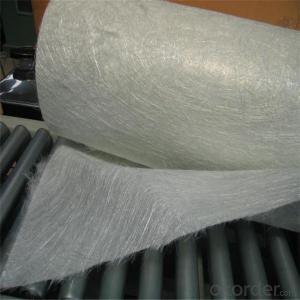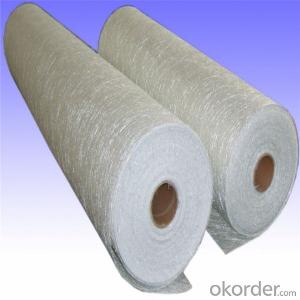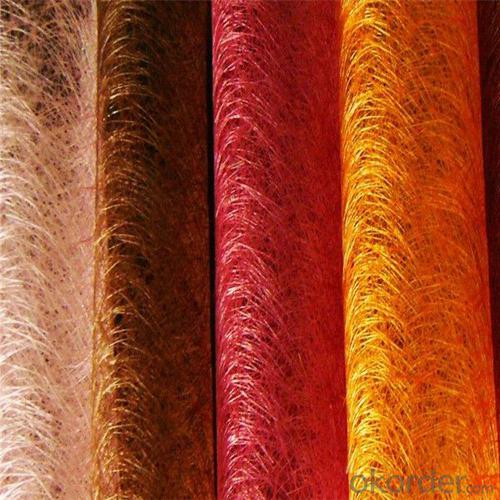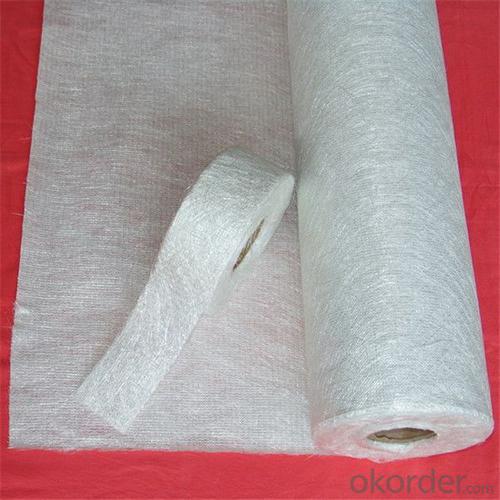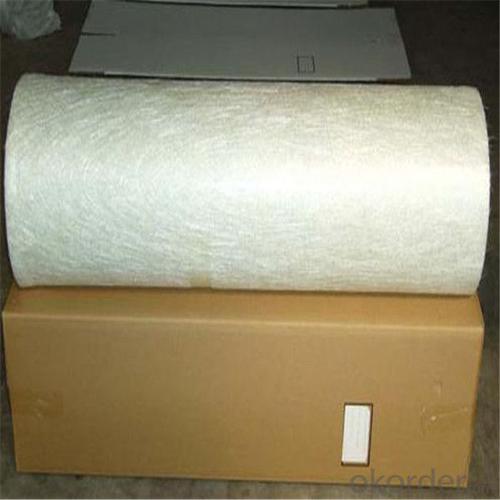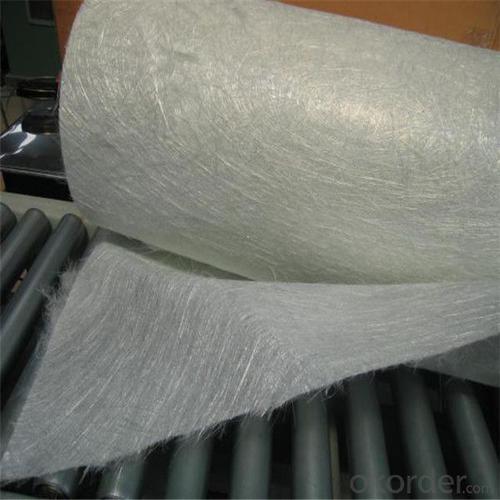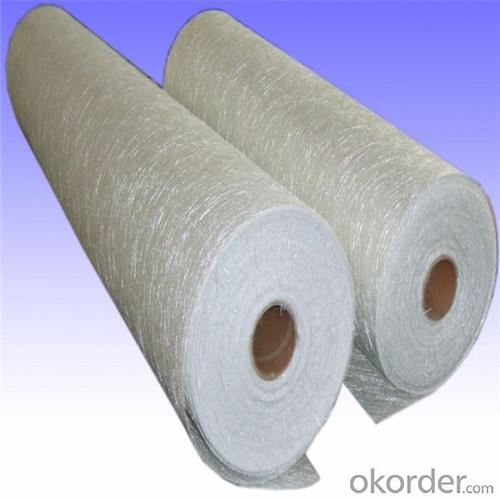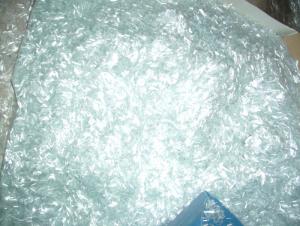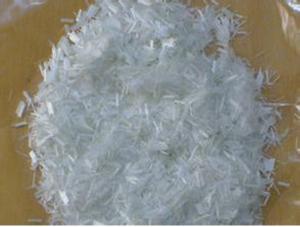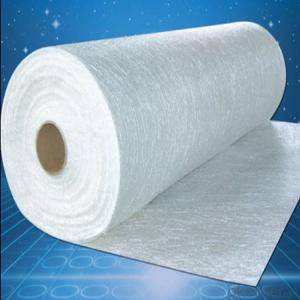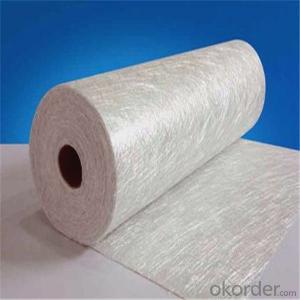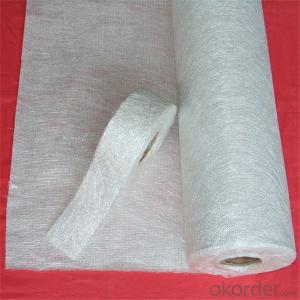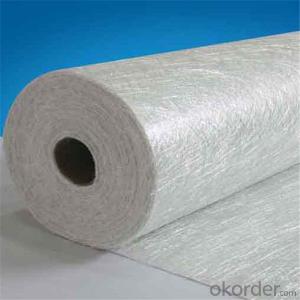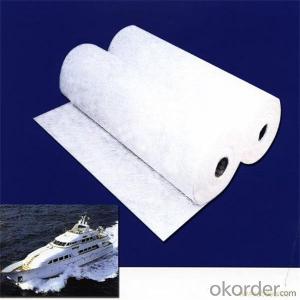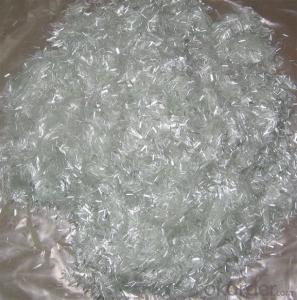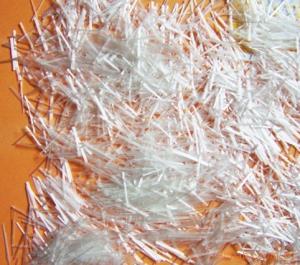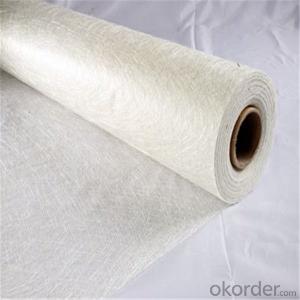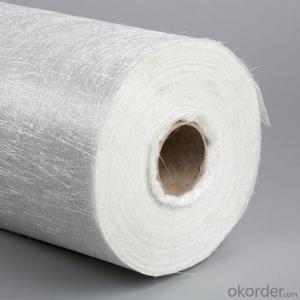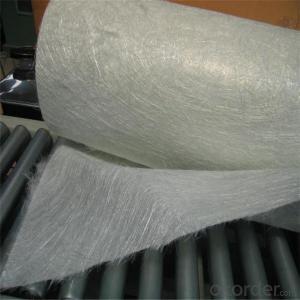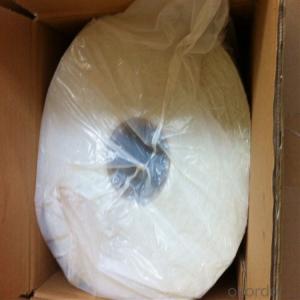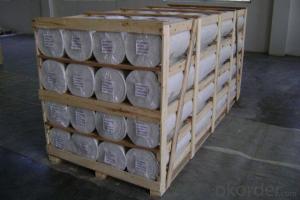China E-Glass Fiberglass Chopped Strands for Brake Pads Stand Mat
- Loading Port:
- Tianjin
- Payment Terms:
- TT OR LC
- Min Order Qty:
- 100 m.t.
- Supply Capability:
- 100000 m.t./month
OKorder Service Pledge
OKorder Financial Service
You Might Also Like
Quick Details
| Technique: | Chopped Strand Fiberglass Mat (CSM) | Dimensions: | 225g/m2-900g/m2 | Fiberglass Type: | E-Glass |
| Place of Origin: | China (Mainland) | Brand Name: | cnbm | Model Number: | 300G-900G |
| moisture: | ≤0.2% | combustion content: | 2.1-6.3% | binder type: | emulsion or powder |
| width: | 1040,1270,2080mm |
Packaging & Delivery
| Packaging Details: | plastic bag then carton then pallet |
| Delivery Detail: | 15 days after payment |
Advantage
1. Chopped strand mat is made up from fiberglass chopped strands bonded with powder binder or emulsion binder
2. Wet out faster and easy of handling
3. Good choppability
4.thickness uniformity
Apllication
fiberglass chopped strand mat
It is used for processing and manufacturing FRP products with getting through hand lay up process, filament winding process and press molding. Typical products is including bathroom accessories, pipe, building material, automobile, furniture, vessel, cooling towers and other FRP products
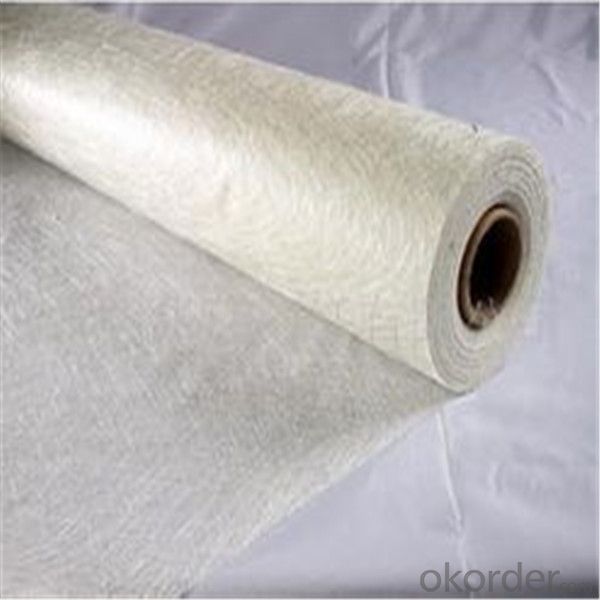
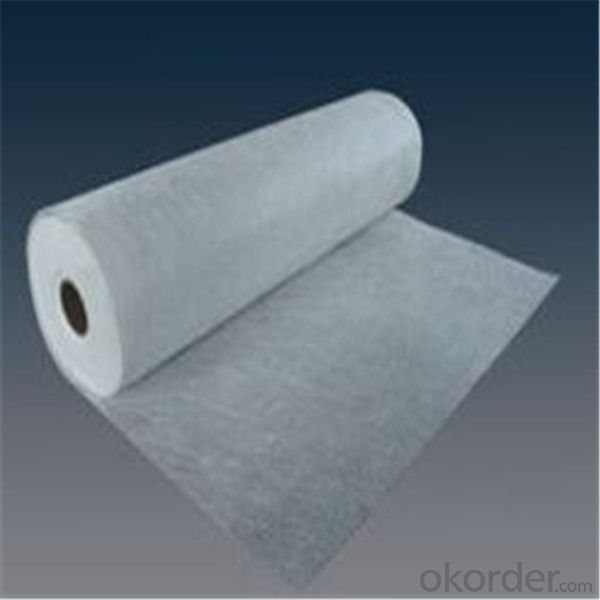
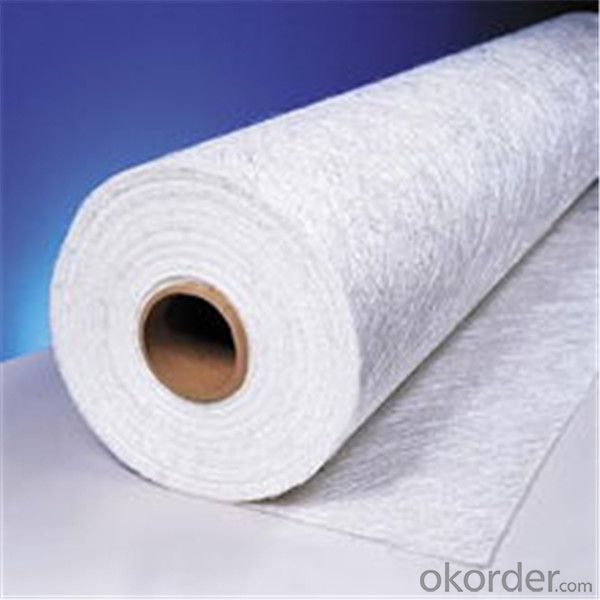
- Q: Brief introduction of glass fiber cloth
- Statin (similar to unidirectional cloth). It is different from the ordinary fabric, but also can be used in the production of glass fiber reinforced, three-dimensional woven fabrics and other forms of three-dimensional fabric. In certain applications will also further roving short cut, as well as for corrosion resistant occasions, which is generally used in glass mat. The shape of a solid fabric is massive. Alkali free glass fiber tape is commonly used in the manufacture of high strength, rectangular, unidirectional fabrics. Single warp fabric is a kind of coarse and fine warp weft four by breaking satin or long satin fabric, wet mechanical strength shall meet the requirements, greatly improves the shear strength of composites and resistance damage tolerance, and then use the barbed needle acupuncture. It is a continuous glass strand by throwing silk device randomly thrown in continuous mesh belt, such as winding, mould. The dumbbell shaped fabric, flat selvedge and weft density; the fabric made of laminated material to avoid the pollution of the process . The fiber in the continuous glass fiber felt is continuous. The most typical braid is a layer of warp and weft overlap together. Glass cloth is mainly used for producing all kinds of electric insulation laminate.
- Q: Is fiberglass chopped strand resistant to corrosion?
- No, fiberglass chopped strand is not inherently resistant to corrosion. Fiberglass is a composite material made of glass fibers and a resin matrix, which does not corrode like metals do. However, the resin matrix used in fiberglass can be susceptible to corrosion from certain chemicals or environmental conditions. Therefore, in applications where corrosion resistance is a concern, additional measures such as using corrosion-resistant coatings or selecting a different material may be necessary.
- Q: How is the weathering resistance of fiberglass chopped strand composites tested?
- Various methods can be employed to test the weathering resistance of fiberglass chopped strand composites. One commonly used approach involves the utilization of accelerated weathering chambers, which effectively mimic natural weathering conditions in a controlled setting. Within this particular test, samples of the chopped strand composite are exposed to UV radiation emitted by lamps that emit a wavelength akin to sunlight. To replicate real-world conditions, the samples are also subjected to temperature cycling, which entails alternating between high and low temperatures. Furthermore, moisture or humidity exposure may be employed to imitate the effects of rain or dew. The duration of the test can fluctuate depending on the specific weathering conditions being replicated and the intended application of the composite material. At regular intervals, the samples are assessed for any alterations in physical characteristics, such as color fading, surface degradation, mechanical strength reduction, or delamination. Moreover, visual inspections, microscopic analysis, and mechanical testing are performed to gauge the extent of weathering damage on the composite. These tests play a crucial role in determining the durability and lifespan of fiberglass chopped strand composites under various weathering conditions, thereby enabling manufacturers to optimize their products for specific applications and environments.
- Q: What are the tensile strength properties of fiberglass chopped strand?
- Fiberglass chopped strand is renowned for its outstanding tensile strength characteristics, making it a favored option across numerous industries. The ability of fiberglass chopped strand to withstand pulling or stretching forces without breaking or deforming is what defines its tensile strength. The tensile strength of fiberglass chopped strand generally varies between 700 MPa and 1500 MPa, depending on the specific type and composition of the fiberglass. This expansive tensile strength range enables it to resist breakage and deformation even under substantial loads, qualifying it for demanding applications. One of the primary factors that contribute to the tensile strength of fiberglass chopped strand is its composition. Fiberglass typically comprises fine strands of glass fibers embedded in a polymer matrix. These glass fibers possess remarkable strength and rigidity, which significantly enhances the overall tensile strength of the material. Moreover, the manufacturing process and fiber alignment also exert a critical influence on the tensile strength properties of fiberglass chopped strand. Techniques like pultrusion or filament winding can align the fibers in a specific direction, augmenting the material's tensile strength along that particular axis. Besides its impressive tensile strength, fiberglass chopped strand boasts other advantageous properties as well. It exhibits exceptional corrosion resistance, a low thermal expansion coefficient, and high electrical insulation properties. These attributes render fiberglass chopped strand suitable for a wide array of applications, such as those found in the automotive, aerospace, construction, and marine industries. In conclusion, fiberglass chopped strand possesses exceptional tensile strength properties that range from 700 MPa to 1500 MPa. Its high tensile strength, combined with other favorable characteristics, makes it an adaptable and dependable material for various applications where strength and durability are paramount.
- Q: Can fiberglass chopped strand be used in chemical resistant applications?
- No, fiberglass chopped strand is not typically used in chemical resistant applications. While fiberglass is known for its strength and durability, it is not inherently resistant to many chemicals. In applications where resistance to chemicals is required, other materials such as specialty resins or coatings that are designed to withstand specific chemicals are typically used instead. These materials provide a higher level of chemical resistance and protect against corrosion or degradation caused by exposure to harmful substances. Therefore, it is recommended to consider alternative materials that are specifically formulated to meet the chemical resistance requirements of the application.
- Q: What are the typical end-use industries for fiberglass chopped strand composites?
- Fiberglass chopped strand composites find extensive applications in a wide range of end-use industries due to their exceptional strength, durability, and versatility. Some of the typical industries that utilize fiberglass chopped strand composites include: 1. Automotive industry: Fiberglass chopped strand composites are used in the automotive sector for various applications such as body panels, interior components, bumpers, and engine parts. These composites offer lightweight properties, high impact resistance, and excellent corrosion resistance, making them ideal for enhancing fuel efficiency and overall vehicle performance. 2. Construction industry: The construction sector extensively utilizes fiberglass chopped strand composites in applications like roofing materials, cladding systems, window profiles, and structural reinforcements. These composites provide excellent weather resistance, thermal insulation, and high strength-to-weight ratio, making them a preferred choice for modern construction projects. 3. Aerospace industry: Fiberglass chopped strand composites play a vital role in the aerospace industry, particularly in aircraft interiors and secondary structures. These composites offer exceptional fire resistance, low smoke emission, and excellent mechanical properties, thereby ensuring passenger safety and reducing overall weight in aircraft construction. 4. Marine industry: Fiberglass chopped strand composites are widely used in the marine sector for manufacturing boat hulls, decks, and other structural components. These composites possess superior resistance to water, corrosion, and harsh weather conditions, making them highly suitable for marine applications. 5. Electrical and electronics industry: Fiberglass chopped strand composites find applications in the electrical and electronics industry for producing insulating materials, circuit boards, and electrical connectors. These composites offer excellent electrical insulation properties, high dielectric strength, and dimensional stability, ensuring safe and reliable operation in electrical applications. 6. Sports and leisure industry: Fiberglass chopped strand composites are extensively used in the production of sporting goods such as skis, snowboards, surfboards, and golf club shafts. These composites provide lightweight properties, high impact resistance, and excellent flexibility, enhancing performance and durability in sports equipment. 7. Wind energy industry: Fiberglass chopped strand composites are vital in the manufacturing of wind turbine blades, where their high strength, fatigue resistance, and lightweight properties contribute to efficient energy generation. Overall, fiberglass chopped strand composites have a diverse range of end-use industries, thanks to their exceptional properties, making them a preferred choice for various applications requiring strength, durability, and versatility.
- Q: Can fiberglass chopped strand be used in renewable energy applications?
- Yes, fiberglass chopped strand can be used in renewable energy applications. Fiberglass is a strong and lightweight material that is commonly used in the construction of wind turbine blades. These blades need to be able to withstand high wind speeds while remaining durable and resistant to corrosion. Fiberglass chopped strand is an essential component in the manufacturing of these blades as it adds strength and stiffness to the composite material used. Additionally, fiberglass chopped strand can also be used in the production of solar panels, where its mechanical properties and resistance to degradation make it an ideal choice for reinforcing the panels. Overall, fiberglass chopped strand is a versatile material that can enhance the performance and longevity of renewable energy equipment and contribute to the advancement of sustainable energy sources.
- Q: Can fiberglass chopped strand be used in aerospace structural components?
- Yes, fiberglass chopped strand can be used in aerospace structural components. It is a commonly used material for various aerospace applications due to its lightweight, high strength-to-weight ratio, and excellent corrosion resistance properties. Additionally, it can be easily molded into complex shapes, making it suitable for aerospace structural components that require intricate designs.
- Q: What are the typical weight percentages of fiberglass chopped strand used in composites?
- The typical weight percentages of fiberglass chopped strand used in composites can vary depending on the specific application and desired properties of the composite material. However, in general, the weight percentage of fiberglass chopped strand in composites is typically between 10% to 40%. Lower weight percentages, such as 10% to 20%, are commonly used when the main goal is to enhance the tensile strength and stiffness of the composite material. This is particularly useful in applications where high strength is necessary, such as in structural components for aerospace or automotive industries. Higher weight percentages, ranging from 30% to 40%, are often used when the primary objective is to improve impact resistance and durability of the composite. This is typically seen in applications where the material needs to withstand high levels of stress or impact, such as in sporting goods or marine applications. It is important to note that these weight percentages are just general guidelines and can vary depending on the specific requirements and manufacturing processes involved. Additionally, other reinforcing materials or fillers may be added to the composite, further affecting the weight percentage of the fiberglass chopped strand. Ultimately, the selection of the weight percentage depends on the desired characteristics and performance of the final composite product.
- Q: Can fiberglass chopped strand be used in chemical resistant applications?
- Yes, fiberglass chopped strand can be used in chemical resistant applications. The combination of fiberglass and resin offers good resistance to a wide range of chemicals, making it suitable for various industrial and commercial applications where chemical resistance is required.
Send your message to us
China E-Glass Fiberglass Chopped Strands for Brake Pads Stand Mat
- Loading Port:
- Tianjin
- Payment Terms:
- TT OR LC
- Min Order Qty:
- 100 m.t.
- Supply Capability:
- 100000 m.t./month
OKorder Service Pledge
OKorder Financial Service
Similar products
Hot products
Hot Searches
Related keywords
